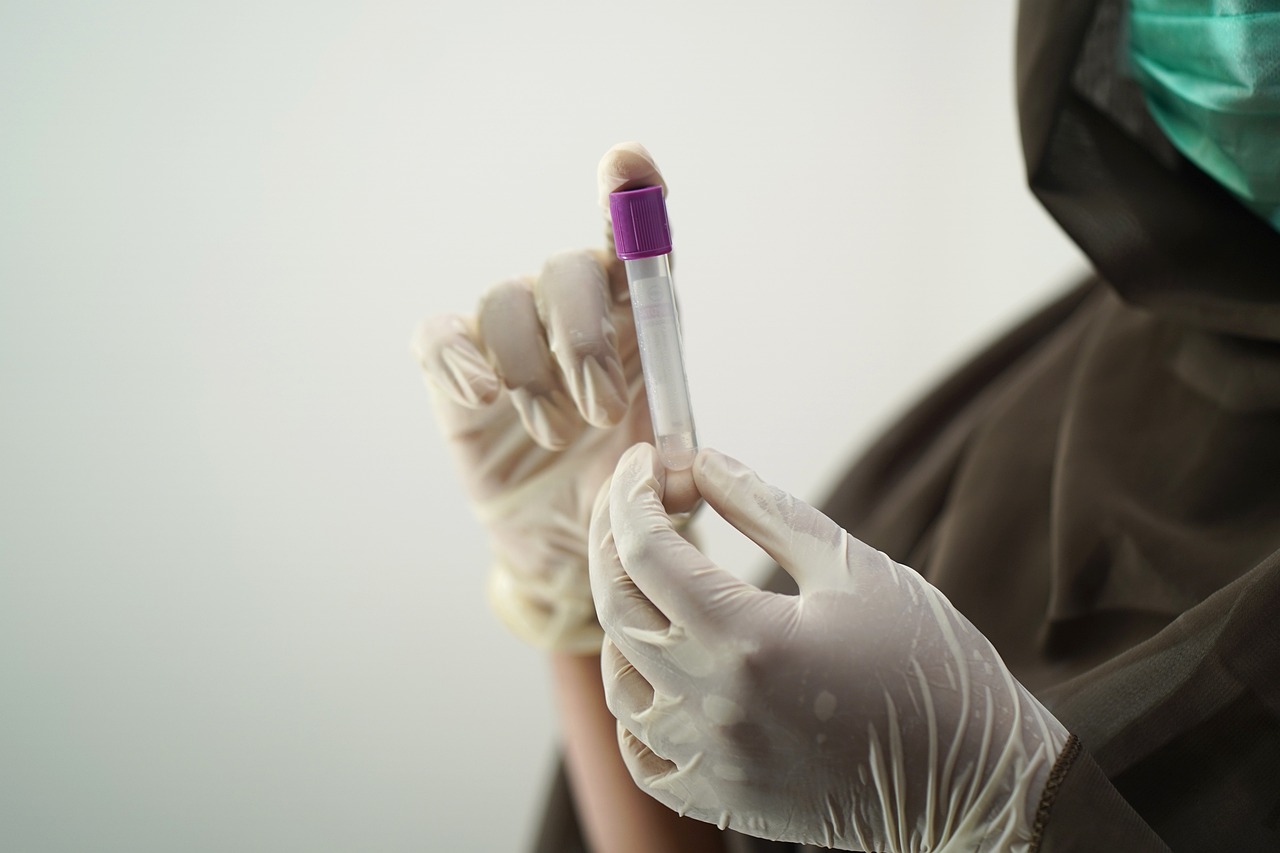
If your doctor or dietitian has talked to you about your Hemoglobin A1C (HgbA1C), also known simply as A1C, there’s a good chance it’s time to take some steps towards better blood sugar control. Keep in mind, these modifications are beneficial for everyone, not just those with climbing glucose or A1C levels.
First off, what is HgbA1c? Simply put, it is the measure of blood sugar control over time. It reflects average blood glucose levels over the past two to three months and is a key indicator in managing and monitoring diabetes.
For those with pre-diabetes or diabetes, lowering HgbA1C is a primary goal to prevent complications and maintain overall health. While medications play a role, diet and lifestyle choices are essential in achieving better glucose control.
Here’s a comprehensive guide to effectively lower your HgbA1C through evidence-based dietary and lifestyle strategies.
Understanding HgbA1C and Its Importance
HgbA1C provides a snapshot of average blood glucose levels, indicating how well diabetes is managed. The American Diabetes Association (ADA) recommends a target of less than 7% for most adults with diabetes with many physicians now even advising less than 6.5%.
Lowering HgbA1C reduces the risk of long-term complications from elevated blood sugar such as nerve damage, kidney disease, and cardiovascular issues.
Key Dietary Strategies for Lowering Your HgbA1C
Carbohydrate Quality and Quantity
It’s a common misconception that you have to eliminate all carbohydrates when trying to manage blood sugar. The key is choosing carbohydrates with high fiber and a lower glycemic index, controlling portion sizes and pairing your carbohydrate with a protein and/or fat.
- Choose Complex Carbohydrates: Opt for whole grains like oats, quinoa, brown rice, and whole wheat over refined grains. These have a lower glycemic index (GI), causing a slower rise in blood sugar.
- Control Portions: Monitor portion sizes and spread carbohydrate intake out throughout the day.
- Pairing Your Carbs: Pairing your carb intake with a protein or fat helps stabilize your glucose response and promotes satiety, helping you feel full for longer.
Choose Fiber-Rich Foods
Higher fiber foods also often have a lower glycemic index, which supports a more gradual blood sugar response.
- Increase Non-Starchy Vegetables: Incorporate leafy greens, broccoli, bell peppers, and other colorful vegetables. These are high in fiber and nutrients, promoting fullness without raising blood sugar significantly.
- Include Legumes and Beans: Beans, lentils, and chickpeas are excellent sources of fiber and plant-based protein, aiding in blood sugar management. These are carbohydrate rich foods however, so stay aware of portion sizes.
Opt for Healthy Fats
Fat helps to slow down digestion, resulting in a more gradual glucose spike. However, fats are more calorically dense and therefor require smaller portion sizes.
- Prioritize Unsaturated Fats: Include sources like avocados, nuts, seeds, fatty fish and olive oil. These fats improve insulin sensitivity and help manage blood sugar levels.
- Limit Saturated and Trans Fats: Reduce intake of red meat, processed foods, and fried items, as these can worsen insulin resistance and contribute to cardio metabolic risk factors.
Increase Protein Intake
Prioritizing protein with each meal and snack is a great way to support blood sugar control, support positive body composition changes and promote overall health.
- Choose Lean Proteins: Select lean cuts of poultry, fish, tofu, and legumes. Protein helps maintain muscle mass and promotes satiety, which can aid in weight management and blood sugar control.
Monitor Meal Timing and Frequency
Eating too often or not often enough can be detrimental to glucose levels.
- Consistent Timing: Aim for regular meal times (every 3-4 hours) to maintain stable blood sugar levels throughout the day.
- Avoid Skipping Meals: Skipping meals can lead to overeating later and cause erratic blood sugar fluctuations.
Stay Hydrated with Water
- Limit Sugar Sweetened Beverages: Replace sugary drinks like soda, sugar loaded coffees and sweetened juices with water, sparkling water, or herbal tea to avoid unnecessary spikes in blood sugar.
Lifestyle Factors That Support Lower HgbA1C
- Regular Physical Activity: Incorporate aerobic exercise and strength training to improve insulin sensitivity and lower blood glucose levels. Walking after meals is a great way to help stabilize blood sugar.
- Stress Management: Practice relaxation techniques such as meditation or yoga to reduce stress hormones that can elevate blood sugar.
- Adequate Sleep: Aim for 7-9 hours of quality sleep per night to support overall health and hormone regulation.
Monitoring Progress and Adjusting Goals
- Regular Blood Sugar Monitoring: Check blood glucose levels as recommended by healthcare providers or ask your doctor about continuous glucose monitoring to assess the impact of dietary and lifestyle modifications.
- Collaborate with Healthcare Team: Work closely with your doctor and dietitian to adjust treatment plans based on individual responses and goals.
Conclusion
Lowering your A1C through dietary and lifestyle modifications can be accomplished with a well-rounded approach that prioritizes nutrient-dense foods, portion control, and lifestyle habits. By making informed choices and seeking professional guidance, individuals can effectively manage blood sugar levels and reduce the risk of diabetes-related complications.
Remember, small changes over time can lead to significant improvements in health outcomes. Taking proactive steps towards a balanced diet and healthy lifestyle is key to achieving long-term success in diabetes management and prevention.